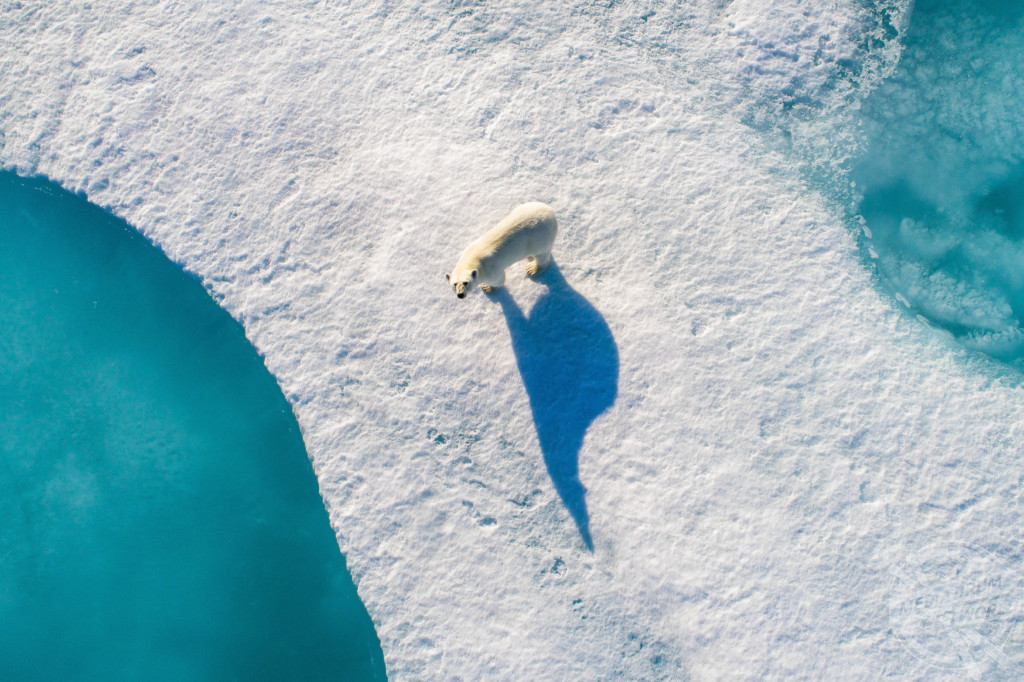By Mark McConville
INCREDIBLE AERIAL images have captured ‘climate refugee’ polar bears hunting and running across the ever shrinking Arctic sea ice.
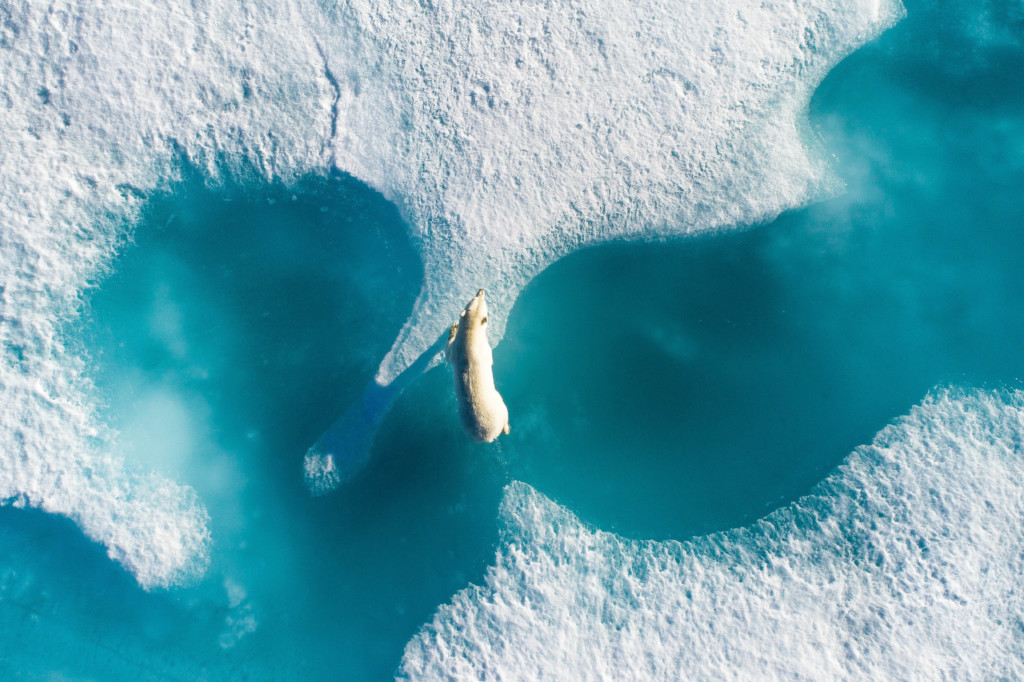
The stunning pictures show a polar bear leaping across the water from one block of ice to another, gazing up at the drone and feeding on a fresh kill.
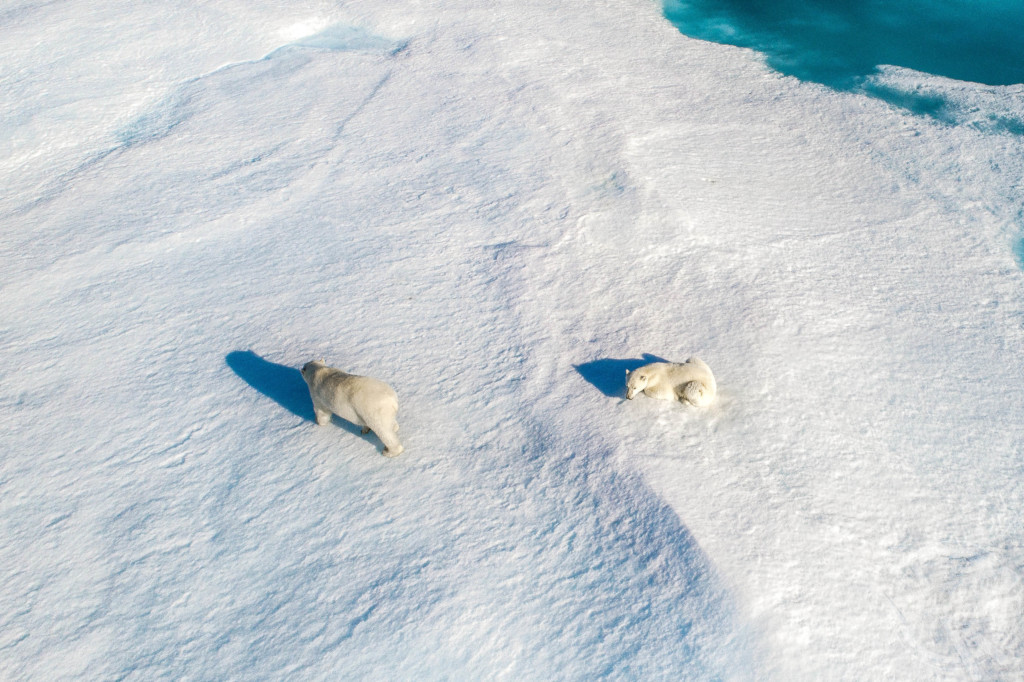
Other striking shots show a polar bear resting at the edge of a small piece of ice surrounded by water, lying with a friend and the criss-cross pattern of blue water against the white backdrop of the ice as seen from above.
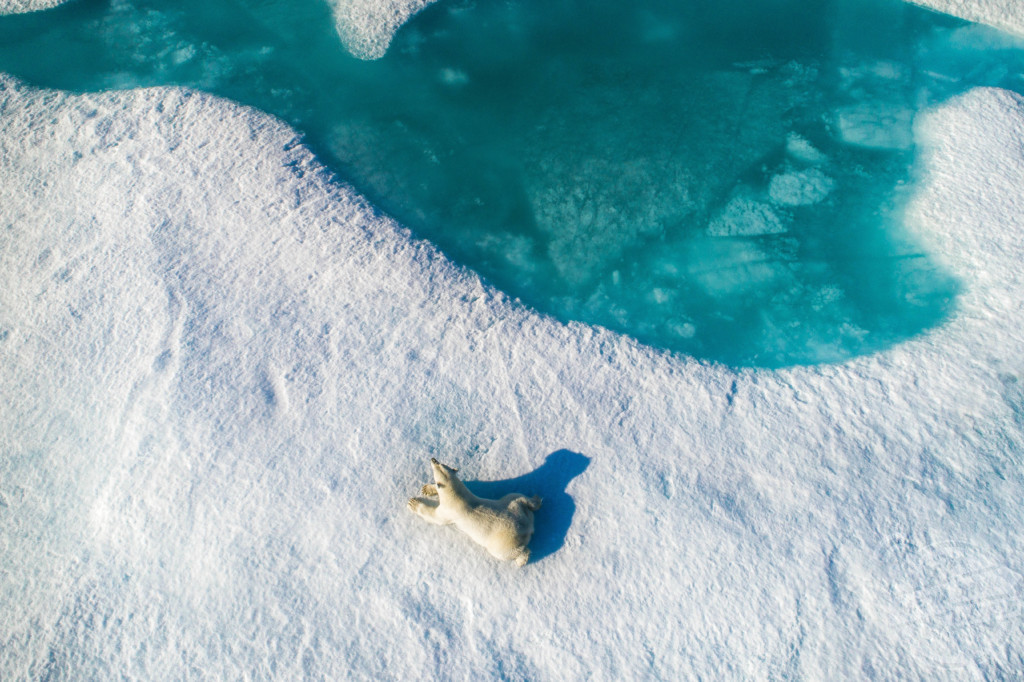
The remarkable photographs were taken on Nunavut Baffin Island and Devon Island, North of Canada by wildlife and polar photographer Florian Ledoux (29), originally from France but now living in Tromso, Norway.
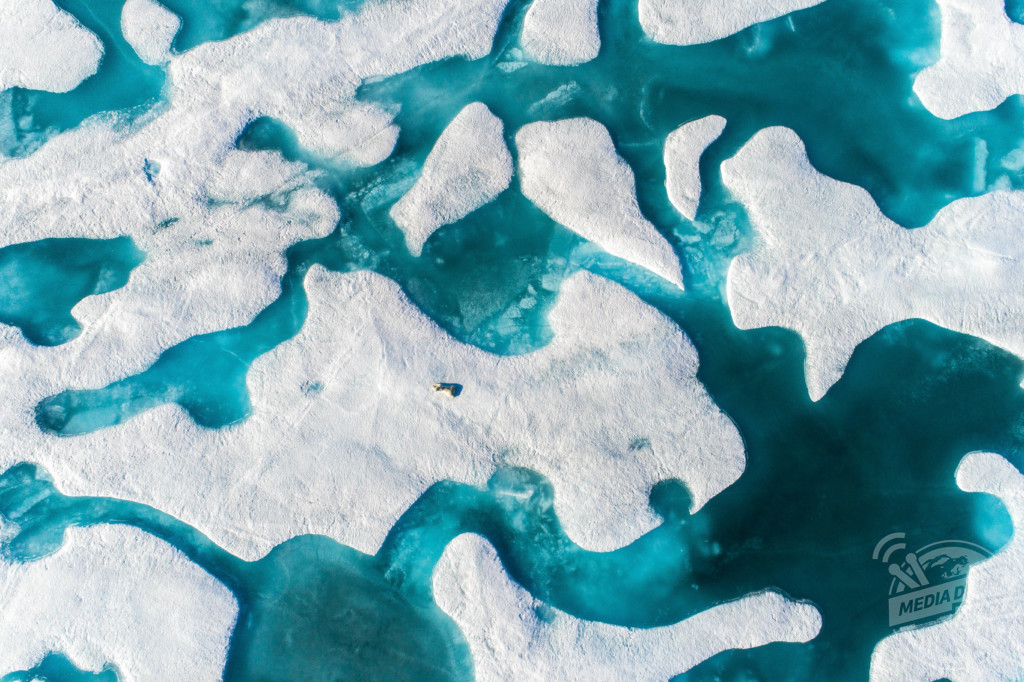
“My images reveal the polar bear’s habitat in Nunavut, displaying the animal resting on the pack pieces of ice or moving, leaping ice, hunting,” he said.
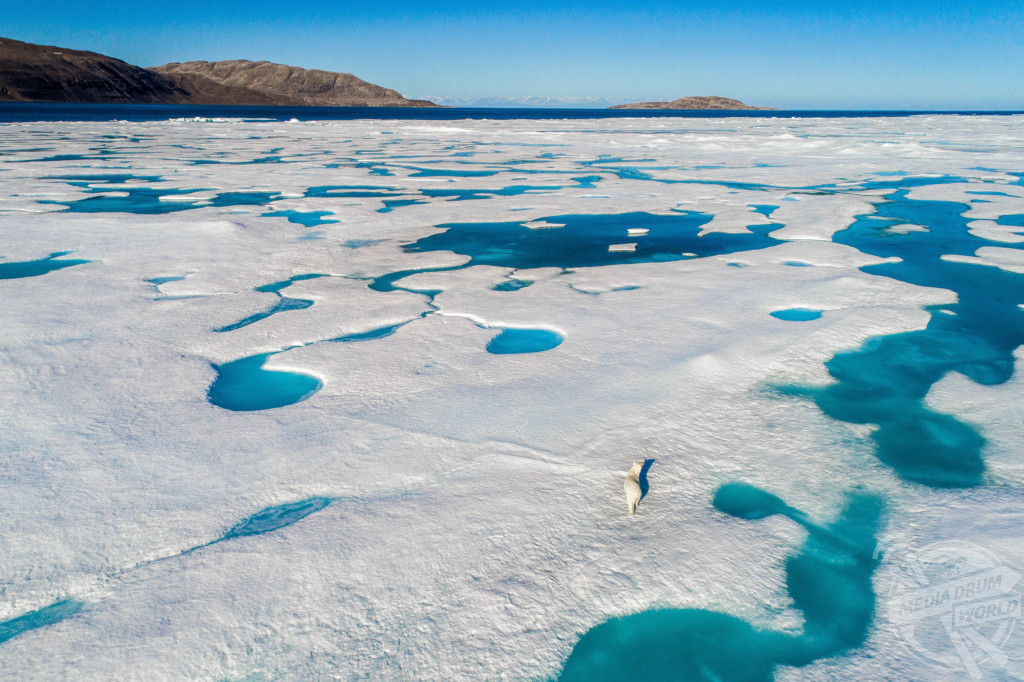
“Polar Bears do not only depend on the sea ice as a platform for hunting but also as a place where they can rest between the hunts and breed. I believe in and aspire to, bring a new perspective of capturing wildlife we already know well from traditional photography and this is the reason why I wanted to get aerial shots of this.
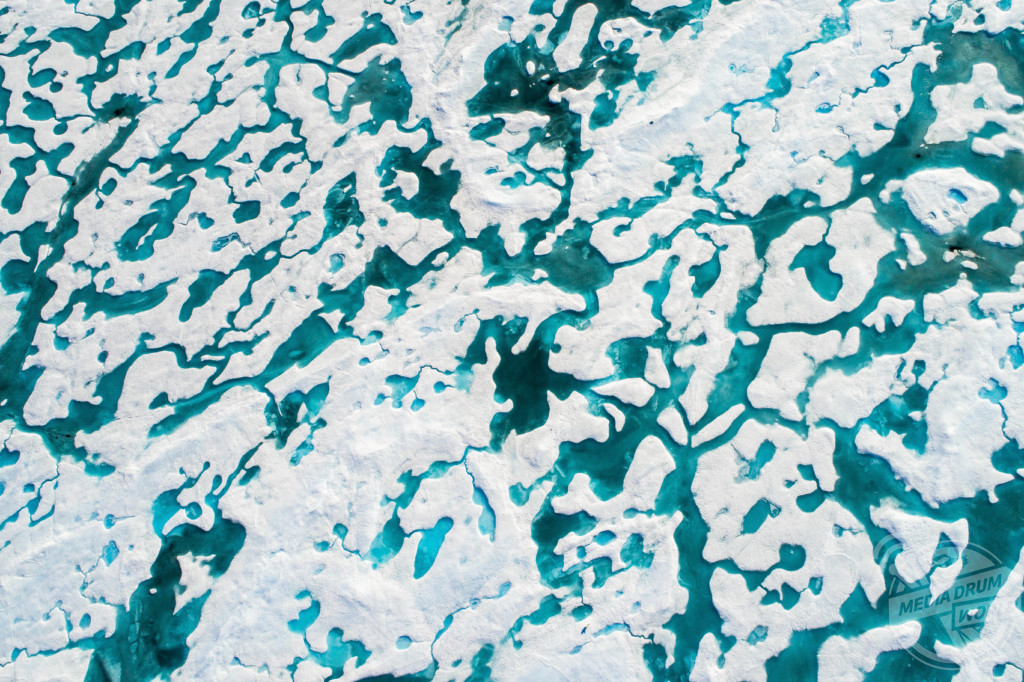
“I knew there was an issue there regarding the wildlife facing threats and climate change so I wanted to document it but in a new way, from a new angle and approach, revealing the animals in their entirety as well as in a wider habitat and landscape, in a way not before possible, a new way of learning about the white northern part of our planet.
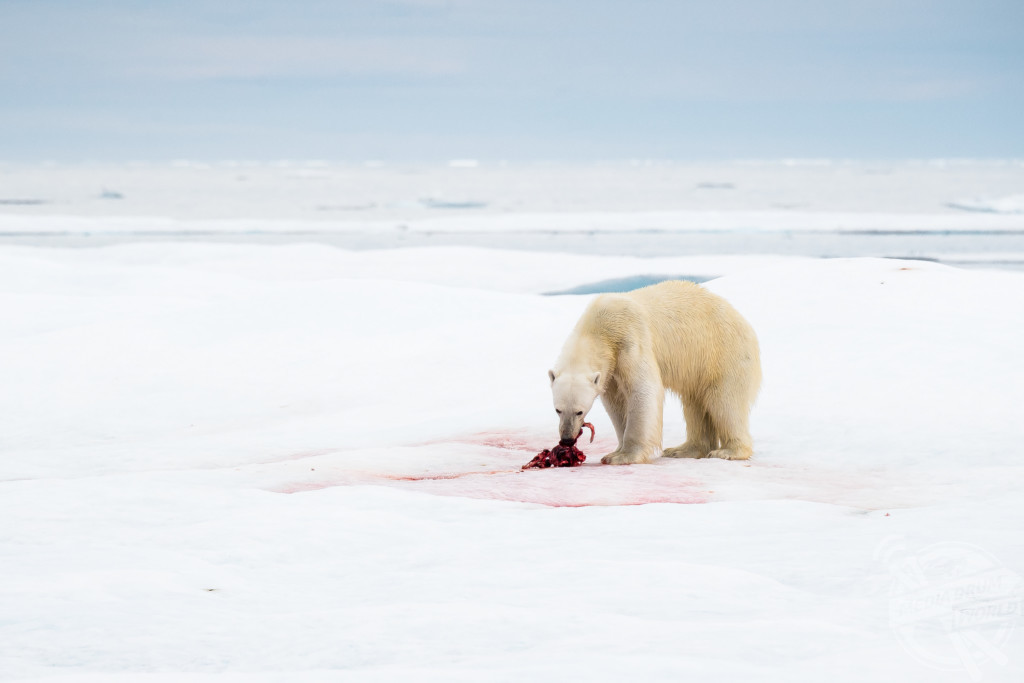
“From West Greenland, I have sailed 6 000km over the course of eight weeks to Nunavut to explore and document the Arctic Wildlife on Devon Island, Bylot Island, Baffin Island, Somerset Island, and the large Lancaster Sound, with a purpose to witness, document and protect.”
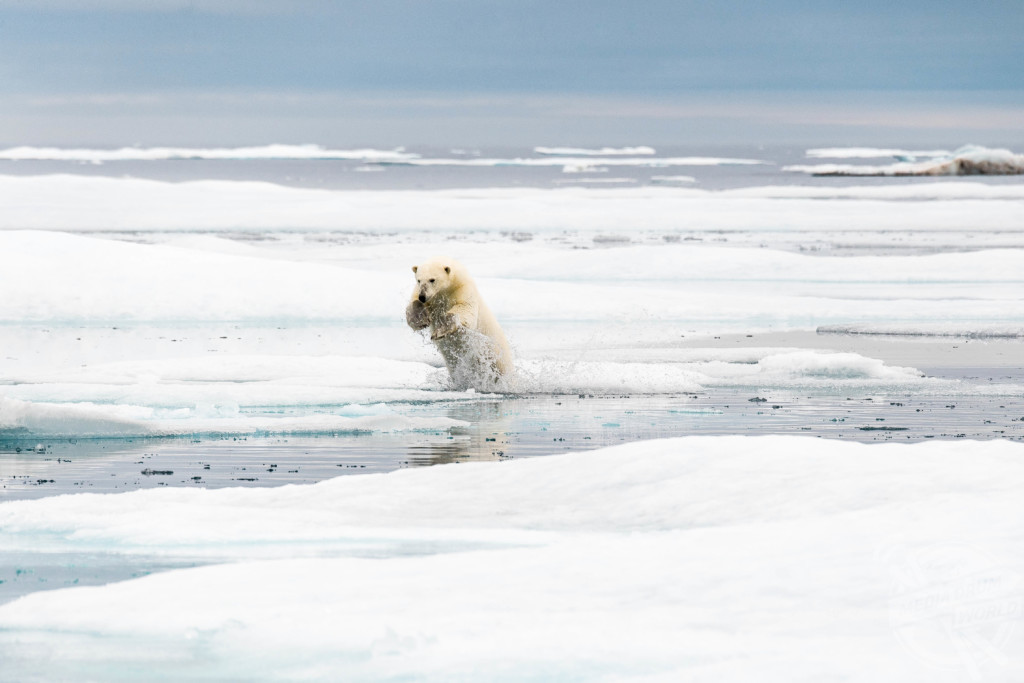
According to the National Snow and Ice Data Centre, at the end of 2018 Arctic sea ice extent was tracking at its third lowest level in the satellite record, while sea ice in the Antarctic remained at historic lows.
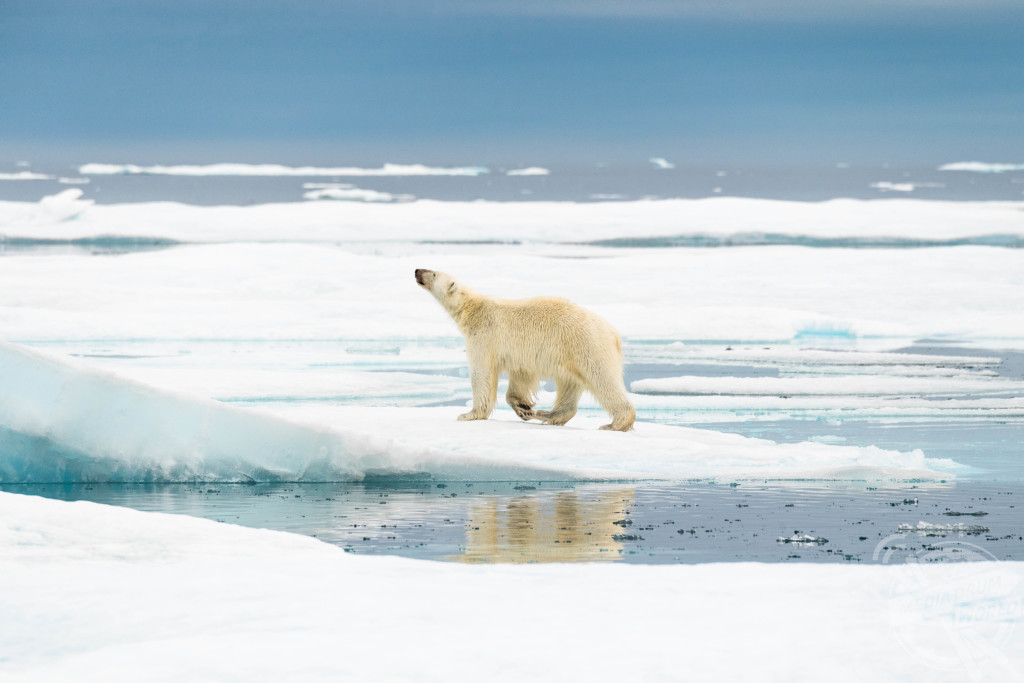
Arctic sea ice extent for December averaged 4.6million square miles. This was the fourth lowest December average in the 1979 to 2018 satellite record, falling 378,000 square miles below the 1981 to 2010 average, and 154,000 square miles above the record December low set in 2016.
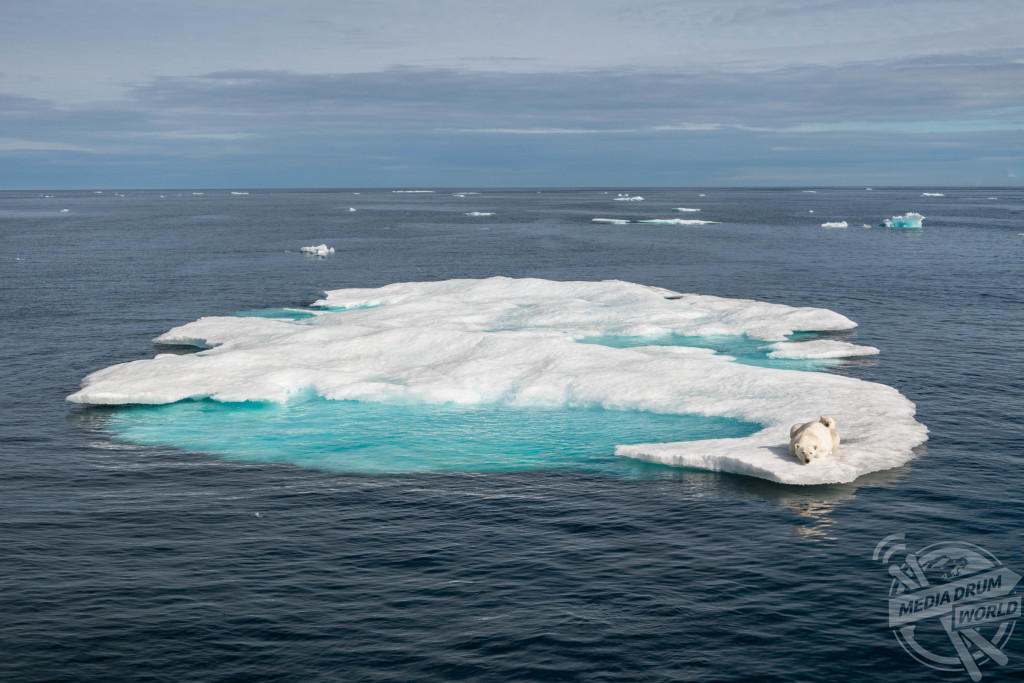
Florian believes more needs to be done to arrest this reduction of the sea ice, which could greatly harm the polar bear population.
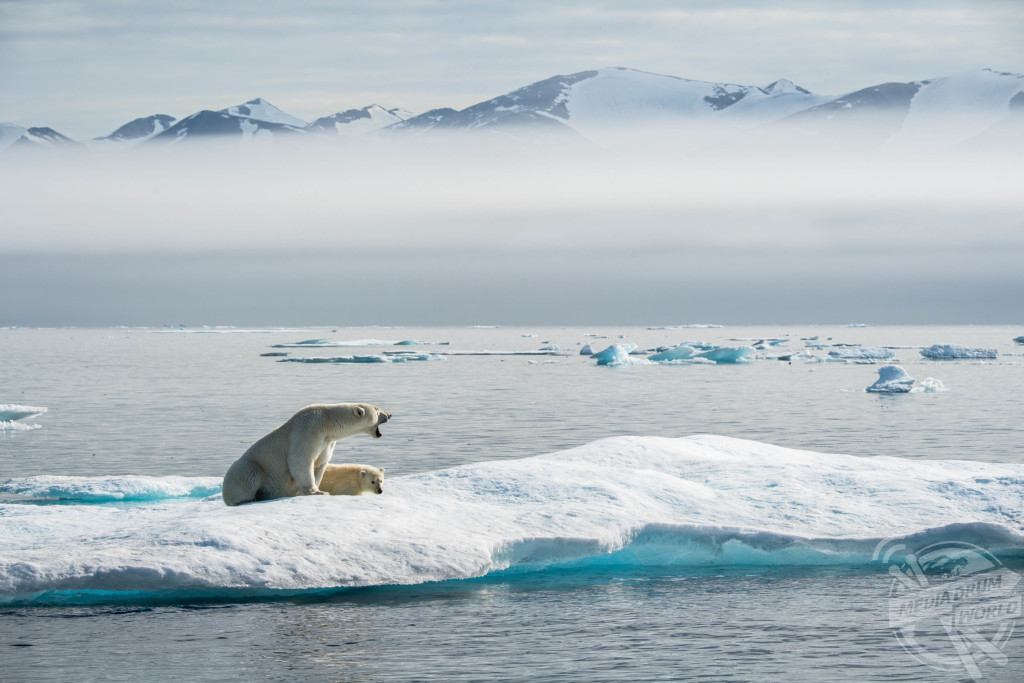
“According to the analysis carried out by the International Union for the Conservation of Nature (IUCN), with who I work, there is a real potential for a great reduction of the Polar Bear population if sea-ice loss continues over the long-term, which is forecasted by climate models and other studies. Reduced populations, poorer body condition, and changes in distribution and behaviour are now apparent,” he said.

“When I find myself in the remote Arctic, co-existing in harmony with the wildlife that calls it home, I know that this is where everything makes total sense. I know it because I feel it deep within myself. It is a deep vibe that consumes my body and soul in its entirety.
“At this moment, the urge to create an image that I would remember for the rest of my life with a strong message to protect it comes naturally to me. It is more than time to act and I want my photos to help conservation to create more Marine Conservation Areas.”

